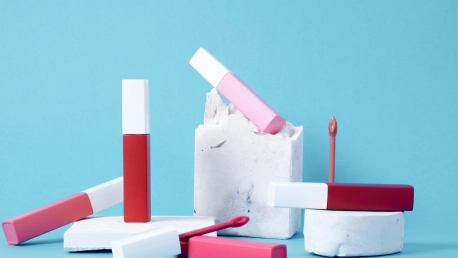Beauty tech dates back to the late 90s and the beginning of “virtual makeovers.” However, it’s only recently that the most popular brands have embraced technology and have made it part of their customer journeys. Advances in smartphone technology have also helped in the process, and lately, social media and influencer marketing boosted sales.
Today, a super competitive market demands the cosmetics industry be one step ahead, at all times, and leverage innovations such as IoT, AI or augmented reality. Because tech-savvy clients need to be engaged and connected with their favorite brands as we step in 2021.
So, what are the trends for this year? As customers expect more personalized products, we’re looking at the main tech trends in this article.
Personalization and AI
The age where AI could learn (and teach) empathy is here. So, it’s no surprise that artificial intelligence and ML can understand beauty. We’re talking about the beauty industry.
Nowadays, we are seeing an increase in advanced devices able to extract data about a patient’s health just by processing photos. AI is making things easier for consumers, and brands are leveraging innovation more often. This year, we’ll see more custom-made skincare products, prepared during analyzing real-time data, in the customer’s home.
Even though the overall sales have been affected by the pandemic, the cosmetics industry isn’t going anywhere: consumers around the world are still buying beauty products that are meant to give them that comfort and pleasure during skincare routines or getting ready for an online meeting.
In the beauty industry, like in all consumer goods departments, artificial intelligence also provides the power of personalization, process automation, augmented decision-making, and digital supply chain networks.
Augmented make-up
The pandemic has clearly changed the way we test and shop for cosmetics. Today, brands are increasingly using Augmented Reality (AR) to enhance the testing experience. And face recognition is a great asset to these programs. With the help of augmented reality, customers can try on virtually thousands of products by just using their smartphones.
AR programs work in real-time and have a number of advantages that brands can use to keep clients as engaged as possible. We’re seeing make-up tutorials, for example, or remote consultations, and skin diagnostics tools recommending new products on the market.
Moreover, as the demand for lipstick and foundation sank more than 70% during the first wave of COVID-19 lockdowns, augmented beauty apps grew. Brands have been forced to reimagine the process of buying and trying during lockdowns and physical distance measures.
It’s now clear that replicating the in-store experience is vital for business continuity.
Smart devices and new tools
The rise of smart devices creates new opportunities for brands to connect with customers in a fresh way. L’Oréal’s new smart device, for example, called “Perso”, is a smart skincare device that uses AI, location data, and the user’s preferences to formulate personalized moisturizer. This device is set to go on sale in 2021.
Smart mirrors and intelligent masks are increasingly becoming “must-haves” for YouTube and Instagram beauty influencers that set the trends for the masses. And with the ease of scanning red spots and fine lines, anyone could be a skin advisor today, with the right technology.
Apps collecting user data
The new beauty technology is able even to detect skin conditions and pair your skin type with local-based weather and air pollution data. Brands can easily collect user information through AI. They can even access your sleep data to determine your stress levels.
The latest applications allow companies to understand the usage habits and better personalize interactions to gain brand loyalty from their customers.
In conclusion, expect the cosmetic industry to have a whole new look going forward.









